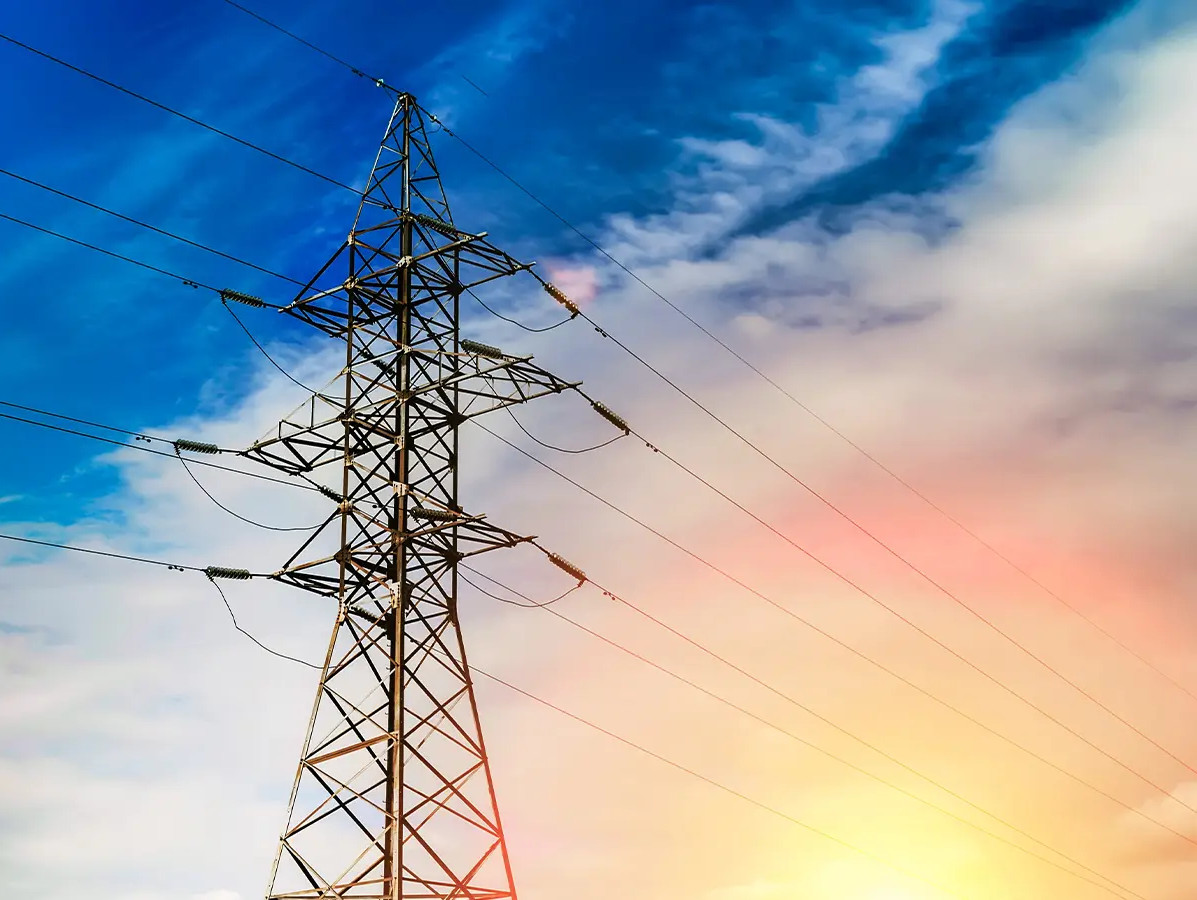We're currently searching through more than 4,000 articles, just a moment's patience...
We're currently searching through more than 4,000 articles, just a moment's patience...

The food industry needs to move away from natural gas faster to significantly reduce its CO₂ emissions. Solar panels and wind farms alone won’t cut it. The electricity grid is overloaded, and many production processes are difficult to decarbonize. Still, acceleration is possible. “Acceleration is absolutely possible — if companies work together with grid operators, energy partners and technology innovators,” says Ceel Elemans of ING.
Industrial bakeries are investing in hybrid ovens that still largely run on gas, but can later switch to electricity or another energy source. From October 2025, chip manufacturer Lay’s will cut its gas use in half by using a thermal battery that responds smartly to times when green power is both cheap and readily available.
CONO Kaasmakers also plans to phase out gas. Together with grid operator Liander, the company is preparing to switch from steam to hot water in its production process. Meanwhile, SunCom Energy has developed a technology that replaces fossil heat with solar heat and enables high-temperature processes.
According to CBS, electricity consumption in the industry dropped by 11 percent in 2024 compared to 2019. While that might sound promising, it’s actually a worrying sign. The energy transition is losing momentum. In 2023, the food industry still emitted 3.5 billion kilos (3.5 megatons) of greenhouse gases. That figure needs to be cut in half by 2030. The pressure is on.
Source: ING
Vakblad Voedingsindustrie is a project of b2b Communications BV.
© COPYRIGHT 2025 VOEDINGSINDUSTRIE | ALLE RECHTEN VOORBEHOUDEN
Powered by Wallbrink Crossmedia © 2025
Een abonnement kost € 80,- exclusief 9% BTW per jaar.

We work in accordance with the privacy legislation. After your registration you will receive an e-mail with a confirmation link. Only after you have clicked on this link will you be registered as a recipient of the newsletter. If you can't find the e-mail in your inbox, please also look at unsolicited e-mail.


Lorem ipsum dolor sit amet, consectetuer adipiscing elit. Aenean commodo ligula eget dolor. Aenean massa. Cum sociis natoque penatibus et magnis dis parturient montes, nascetur ridiculus mus. Donec quam felis, ultricies nec





